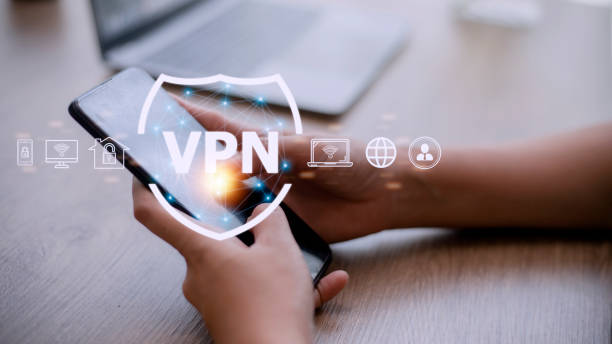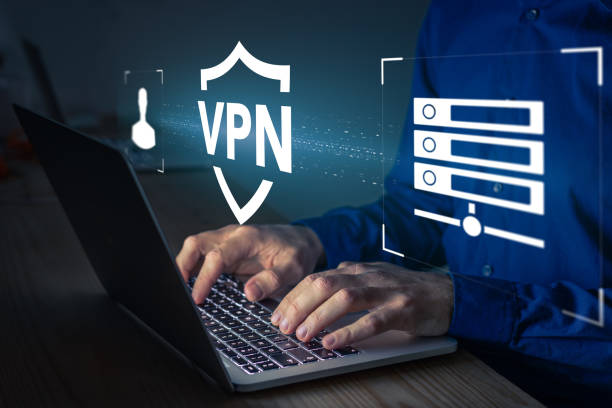How To Install A VPN On A School Computer?
The internet is a wonderful resource that has transformed how people communicate, learn, and work. However, it is also a space that is fraught with privacy and security risks. School computers are especially vulnerable, given that they are often shared by many users, and are connected to public networks. One way to enhance privacy and security is by installing a virtual private network (VPN) on a school computer. In this article, we explore how to install a VPN on a school computer.
What is a VPN?
A VPN is a service that creates a secure connection between a user’s device and the internet. It does this by routing the user’s traffic through an encrypted tunnel, which protects their online activity from prying eyes. When a user connects to a VPN, their traffic is routed through the VPN’s servers, which are located in various locations around the world. This makes it appear as if the user is accessing the internet from a different location, which can help to circumvent geo-restrictions and censorship.
Why Install a VPN on a School Computer?
There are several reasons why a student may want to install a VPN on their school computer. First, it can help to protect their privacy by encrypting their online activity. This is especially important when using public Wi-Fi networks, which are often unsecured and can be easily hacked. Secondly, a VPN can help to bypass content restrictions that schools may have in place. For instance, if a school blocks access to certain websites or online services, a VPN can help to access them. Finally, a VPN can help to prevent online tracking by third-party advertisers.
How To Install A VPN On A School Computer?

Step 1: Choose a VPN Provider
There are many VPN providers in the market, and choosing the right one can be a daunting task. It is essential to select a reputable VPN provider that offers robust security features, a large server network, and fast speeds. Some of the best VPN providers in the market include ExpressVPN, NordVPN, and Surfshark.
Step 2: Sign Up for a VPN Account
Once you have chosen a VPN provider, the next step is to sign up for an account. Most VPN providers offer a variety of pricing plans, so choose the one that suits your budget and needs. Some VPN providers also offer free trials or money-back guarantees, which can be useful in testing the service before committing.
Step 3: Download and Install the VPN Client
After signing up for a VPN account, the next step is to download and install the VPN client. Most VPN providers offer dedicated apps for various platforms, including Windows, Mac, Android, and iOS. Simply download the app for your school computer’s operating system and install it.
Step 4: Launch the VPN Client and Connect to a Server
After installing the VPN client, launch it and log in using your credentials. Next, select a server location from the list of available servers. It is advisable to choose a server location that is close to your physical location to ensure fast speeds. Once you have selected a server location, click on the connect button to establish a connection to the VPN.
Step 5: Test the VPN Connection
After connecting to the VPN, it is essential to test the connection to ensure that it is working correctly. You can do this by checking your IP address to confirm that it has been changed to the server location you selected. You can also test the VPN by accessing geo-restricted content or websites that were previously blocked by your school’s network.

Conclusion
Installing a VPN on a school computer can help to enhance privacy and security, bypass content restrictions, and prevent online tracking. The process of installing a VPN is straightforward, and it only takes a few minutes to complete. However, it is crucial to choose a reputable VPN provider, as not all VPN services are created equal. It is also important to follow the installation steps carefully to ensure that the VPN is set up correctly. Once the VPN is installed, it is recommended to test the connection to ensure that it is working as intended. With a VPN installed on a school computer, students can enjoy a more secure and private online experience.
Also Read:


